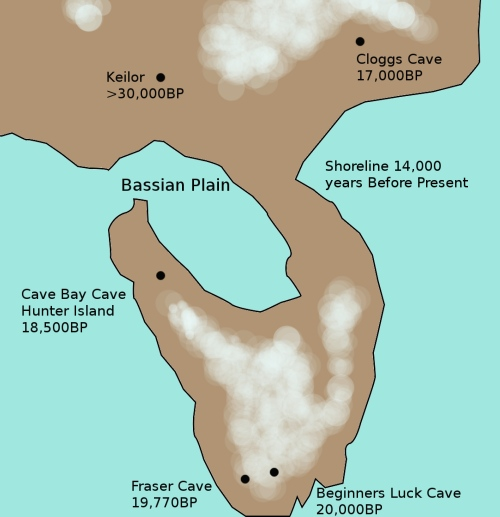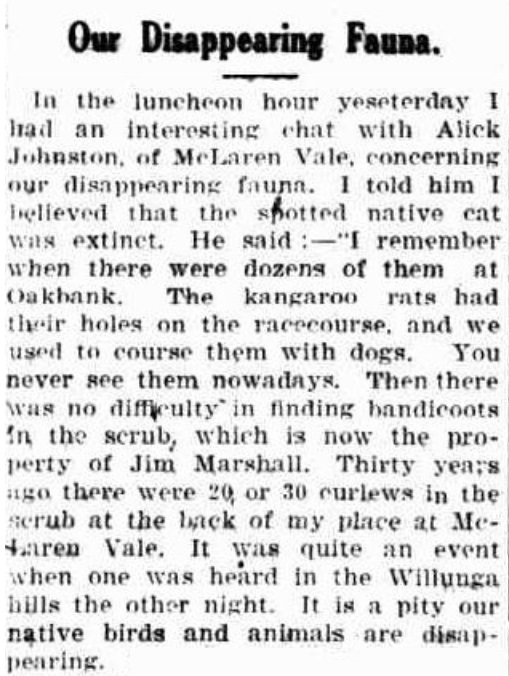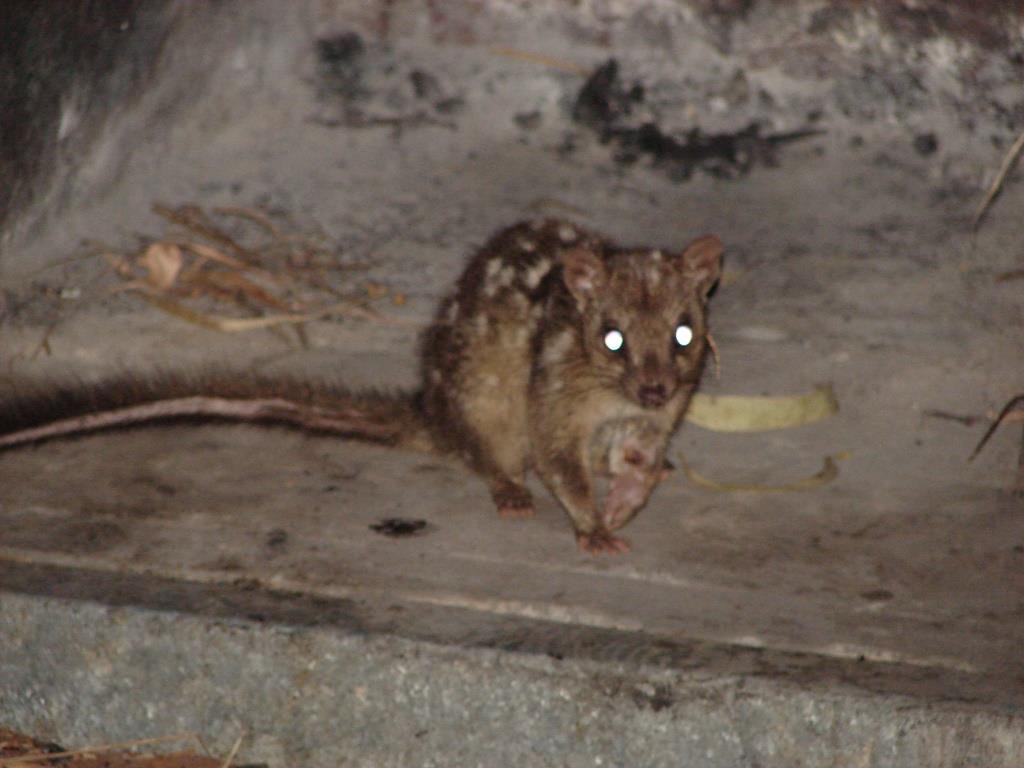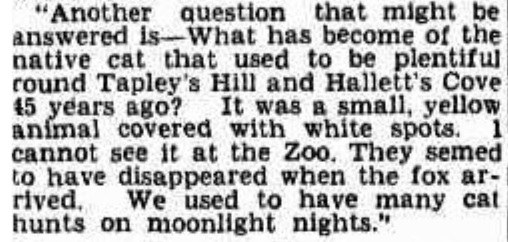Mainland Forgotten Fauna: Part 6 – The demise of our forgotten fauna… and what do the Fox and Cane Toad have in common?
The demise of many of the medium sized (‘critical weight range’) small mammals across south-eastern Australia that followed the concurrent suppression or eradication of dingoes and the arrival of foxes – combined of course with the clearance, development and intensive grazing of land – was for the most part swift and brutal.
Native animals that were previously observed in towns, backyards, in the bush and on farms (such as quolls, bettongs, pademelons and bandicoots) after settlement up until the 1890s became scarce and in many cases disappeared altogether within a decade or less. A few survived in small pockets where local conditions were optimal for holding out for longer (such as Eastern Barred Bandicoots near Hamilton and Warrnambool), but the long-term trajectory was ultimately the same.

The end result is that the similarities observed up until that point between Tasmanian and south-eastern Australian ecosystems in terms of small mammal wildlife – which have a shared evolutionary history – began to diverge from about 120 years ago. Note that at this point of initial divergence (from the 1890s), feral cats already occurred in both places (so they do not appear to have been the primary driver), but there were significant differences in the other apex mammal predators present. While the two original top-order marsupial carnivores remained in Tasmania, placental mammal carnivores had assumed this role on the mainland – with the persecuted Dingo being joined by the rapidly establishing Fox.
In this context, it is worth remembering that Tasmania has only been physically disconnected from the mainland since about 8000 years ago, when Bass Straight formed as rising sea levels flooded the last remnants of a land bridge with the mainland.

Hence we have Bass Straight to thank for the Thylacine and Devil still being present in Tasmania when Europeans arrived 200 years ago – because the Dingo didn’t arrive on the mainland in time to travel across that land bridge. However on the down side, Bass Straight also forms something of a “psychological barrier” today – with many people (including some scientists) not truly appreciating that Tasmanian and mainland ecosystems are simply two sides of the same coin! Not to worry – we’ll come back to this theme again in a later blog…
So, what do foxes and cane toads have in common, and why is it relevant to this story?
Well it turns out that these single species, through very different mechanisms, have demonstrated an ability to completely transform the ecosystems they were released into on the mainland – with similarly devastating effect.

In the absence of competition or natural suppression, the fox began to cause a now largely forgotten (and poorly understood) catastrophe over 100 years ago, while the damage being inflicted by the cane toad (through its sheer weight of poisonous numbers) is much better understood and still unfolding across northern Australia today.
For those of us lucky enough to have seen parts of northern Australia before the arrival of the cane toad, you might have had a brief, exhilarating experience of what the mainland really used to be like. While camping with my family in Litchfield National Park (in the NT) for a few days in 2006, with the cane toad invasion front only several kilometres away and soon to arrive, we were accompanied each night by the sight and scrambling sounds of northern quolls, northern brown bandicoots and other small mammals around the camp. Unfortunately Northern Quoll populations have repeatably been shown to collapse after the arrival of cane toads, so a visit to this site is likely to be a very different experience today. If anyone has camped there any time since then, please let me know if you have seen any quolls at the Buley Rockholes campground!
To wrap up this rather sad chapter of the story, it is time to seriously think again about the role that collective memory plays in how we value our environment, and how that subtly, but significantly, changes over time.
Just as many from this generation in future will reflect on and lament the loss of northern Australia’s wildlife, recalling and sharing memories of first-hand experiences in nature before the demise, it is sobering and instructive to discover that exactly the same process played out many decades ago in south-eastern Australia – as an aging generation realised they had lost something special from the environment that they had previously taken for granted. We can learn about this, because they wrote to newspapers to share those stories.
For a couple of examples in and around Adelaide, firstly here is a piece from 1930 that reflects on the fauna of Oakbank (in the Adelaide Hills) and McLaren Vale (on the Fleurieu Peninsula):

Finally, a rather haunting piece that (unlike most submissions from the time) draws attention to the apparent link between and the arrival of the fox and the demise of native cats at Tapley’s Hill and Hallett Cove (both now southern suburbs of Adelaide):
If anyone has any personal “forgotten fauna” stories to share from Victoria or SA, please email me – and help bring them back into our collective memory.


